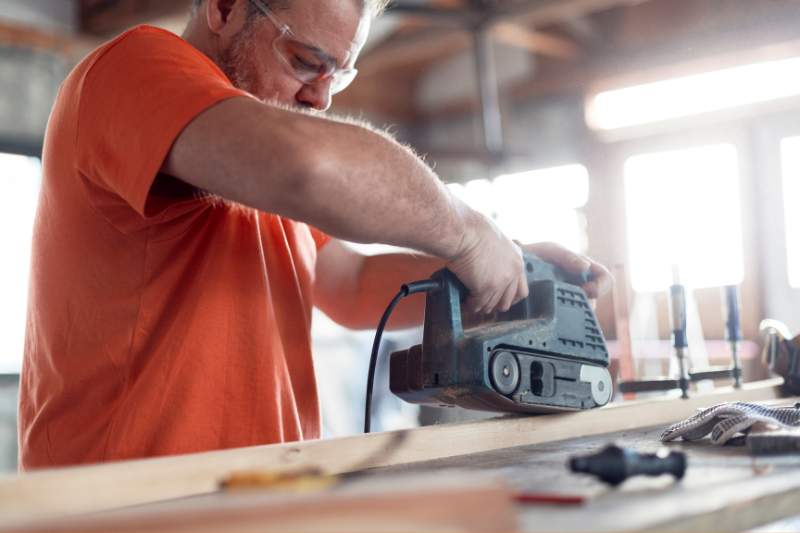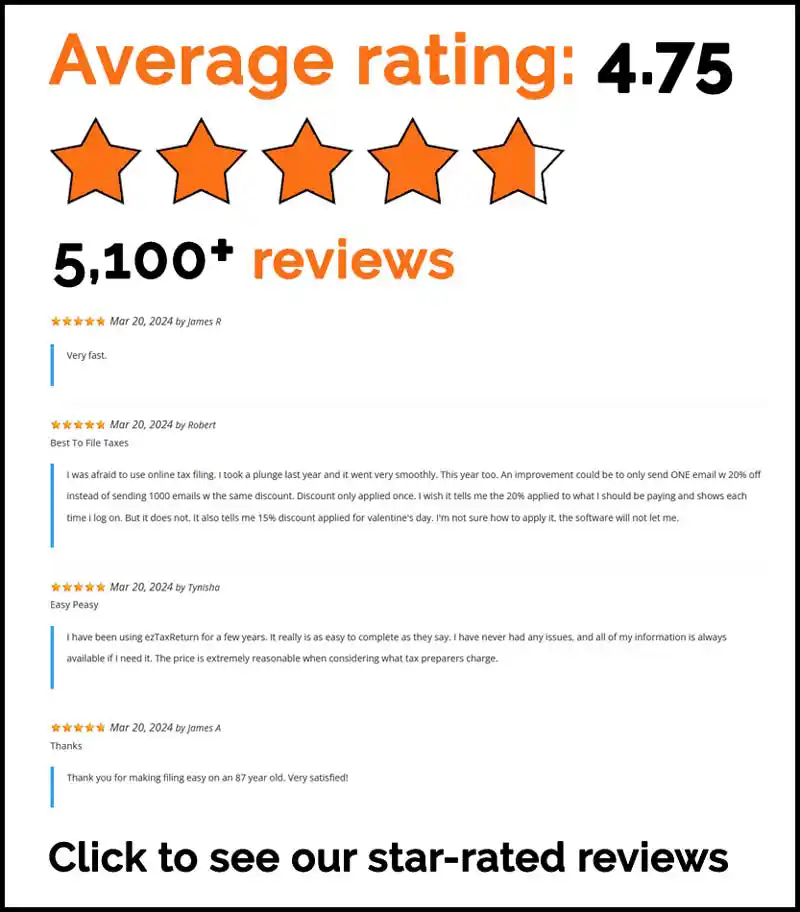The information in this article is up to date for tax year 2023 (returns filed in 2024).
As a homeowner you probably have a never-ending list of things you’d like to do to your home. Maybe you want to add a pool to your backyard, update the bathroom or design the ultimate man cave in your basement. While you’re racking up all these expenses, don’t forget to check for opportunities to write off these home improvements on your taxes.
Below we’ve outlined common home improvements that qualify for tax deductions.
Energy-efficient upgrades
Taxpayers who make energy efficient upgrades to their home may qualify for the Energy Efficient Home Improvement Credit. In prior years it was known as the Nonbusiness Energy Property Credit which had a lifetime credit limit of $500.
Beginning January 2023, the credit has been expanded and renamed the Energy Efficient Home Improvement Credit. It is now worth 30% of the total amount paid for qualifying home improvements up to $3,200 per year.
Eligible items include:
- Home energy audits
- Exterior doors
- Exterior windows and skylights
- Insulation and air sealing materials
- Central A/C units, natural gas, propane and oil water heaters, furnaces or hot water boilers
The maximum credit you can claim each year is:
- $1,200 for energy property costs and certain energy efficient home improvements
- $2,000 per year for qualified electric or natural gas heat pumps, biomass stoves or biomass boilers
File now to claim your Energy Efficient Home Improvement Credit. It’s fast, ez and stress-free.
Medically necessary home improvements
Living with a disability or chronic illness can be challenging. Things you take for granted, such as reaching into a kitchen cabinet, can be nearly impossible for those suffering. If your medical condition requires you to install special equipment or make certain home improvements, you may be able to deduct the medical expenses. Any improvements that increase the value of your home must be excluded.
The IRS has a long list of fully deductible expenses, which includes:
- Building entrance or exit ramps
- Expanding doorways at entrances or exits
- Widening or customizing hallways and interior doorways
- Installing railings and support bars to bathrooms
- Lowering or adjusting kitchen cabinets and equipment
- Relocating or modifying electrical outlets and fixtures
- Setting up porch lifts and other forms of lifts (Elevators typically add value so your deduction may be limited)
- Adjusting fire alarms, smoke detectors, and other warning systems
- Making modifications to the stairs
- Placing handrails or grab bars in any part of the house
- Changing the hardware on doors
- Reworking spaces in front of entrance and exit doors
- Leveling the ground to improve the home’s accessibility
Remember, you can only claim the deduction if you itemize. Additionally, you can only deduct the portion of expenses that exceed 7.5% of your adjusted gross income.
ezTaxReturn supports itemized deductions and is the ez-iest way to do your taxes. File on any device in 30 minutes or less.
Save money when you sell your home
Unfortunately, most of the projects on your to-do list won’t be tax deductible. Hold on to those receipts though because your improvements can reduce your taxes when you sell your home. Right now, the capital gains exclusion lets home sellers walk away with $250,000 of profits tax-free (if you’re single) or $500,000 if married filing jointly. All the IRS requires is that you’ve lived in the home for two of the last five years.
To calculate your profit, take everything you paid for the house (original purchase price, closing costs, etc.) and add the cost of your improvements. This will give you your adjusted cost basis. Next, subtract the adjusted cost basis from whatever price you sold the home for to get your profit. Anything above the exclusion amount is taxable.
If you’re looking to increase your home’s value, here are some projects that can help.
- Additions – Bedroom, bathroom, deck, garage, porch, patio
- Lawn & grounds – Landscaping, driveway, walkway, fence, retaining wall, swimming pool
- Exterior – Storms windows/doors, new roof, new siding
- Systems – Central air conditioning, heating system, furnace, duct work, air/water filtration systems, lawn sprinkler systems, security systems
- Plumbing – Septic system, water heater, filtration system
- Interior – Flooring, fireplace, kitchen modernization, wall-to-wall carpeting
Please note, there’s no tax break for repairing items in your home. Replacing broken window panes, fixing leaks and repainting walls are just a part of being a homeowner.
The articles and content published on this blog are provided for informational purposes only. The information presented is not intended to be, and should not be taken as, legal, financial, or professional advice. Readers are advised to seek appropriate professional guidance and conduct their own due diligence before making any decisions based on the information provided.




